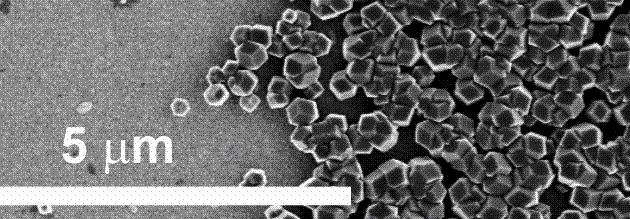Researchers from the University of Leeds have developed a way to build computer storage devices from bacteria.
Certain strains of bacteria absorb iron to make magnetic nanoparticles that let them navigate using the Earth’s magnetic field. The team at Leeds have extracted the protein behind this process and used it to create magnetic patterns that can store data. The magnetic patterns are similar to those found in traditional hard drives, and wiring, and can be used as storage space on hard drives.
Basically, you can grow your own gigabytes.
Dr Sarah Staniland, head of the research team, explains that traditional manufacturing of computer components can only go so far. On the nanoscopic scale manufacturing machines are clumsy, so by harnessing the power of bacteria they can now create small components, accurately, and easily.
“For this purpose the team used the bacterium Magnetsopirilllum magneticum, a naturally magnetic microorganism. It uses its magnetic property to navigate along the earth’s magnetic lines. The bacterium derives its magnetism from ingesting iron. Once in its system the iron interacts with a protein producing a magnetic mineral called magnetite.
Once they understood how the Magnetsopirilllum magneticum worked its magic, the team figured out how to replicate this process outside its body.
They coated a surface in gold and added the protein in a chessboard pattern. When the surface is dipped in an iron solution, those squares covered with the protein start producing nanocrystals of magnetite. Each square covered with nanomagnets can store one bit.”
At the moment the biological hard drives are still in the experimental phase. Staniland’s aim is to eventually develop a toolkit of proteins and chemicals that could be used to grow computer components from scratch.
Check us out on Twitter and Facebook for special deals, competitions, and more!



